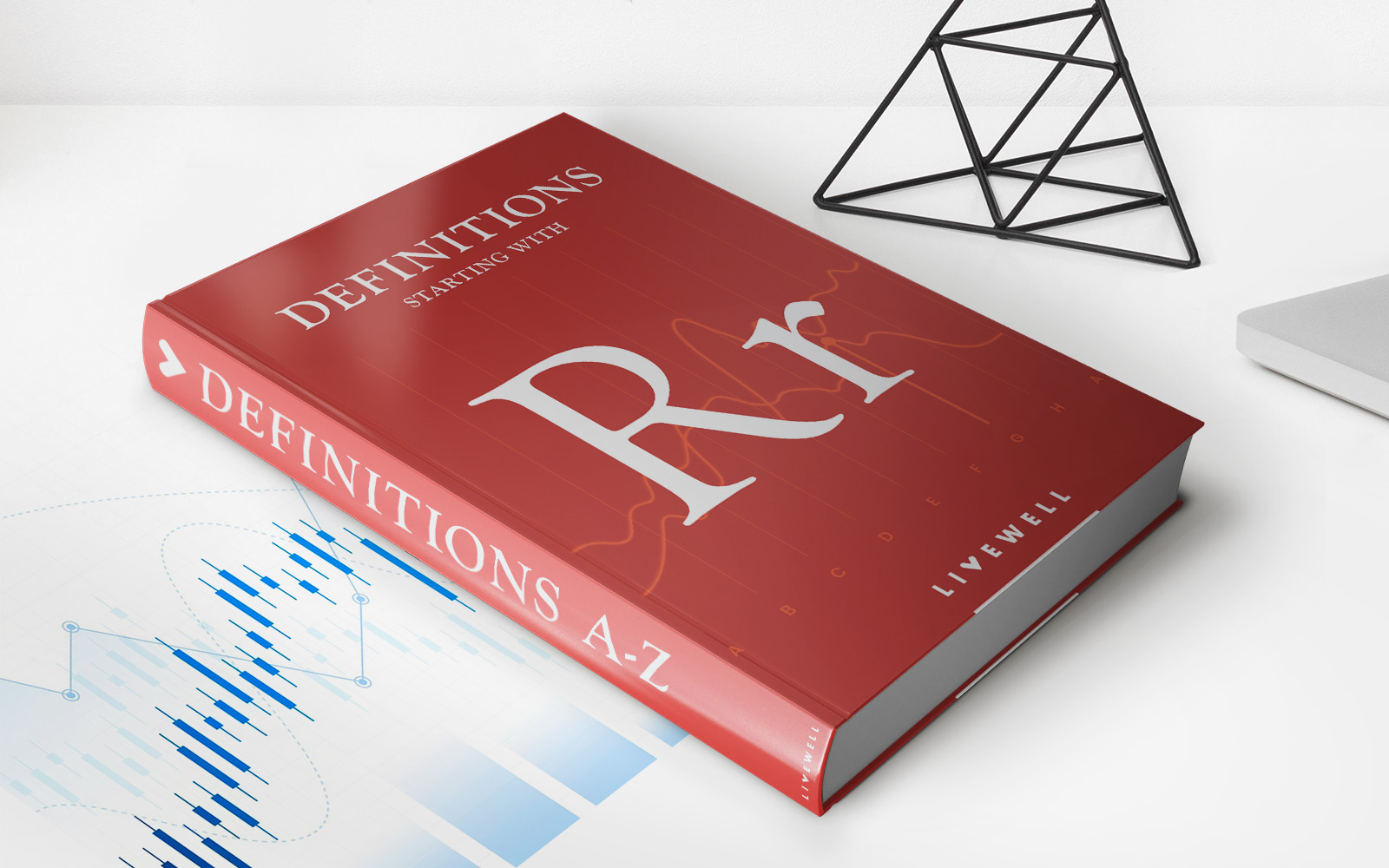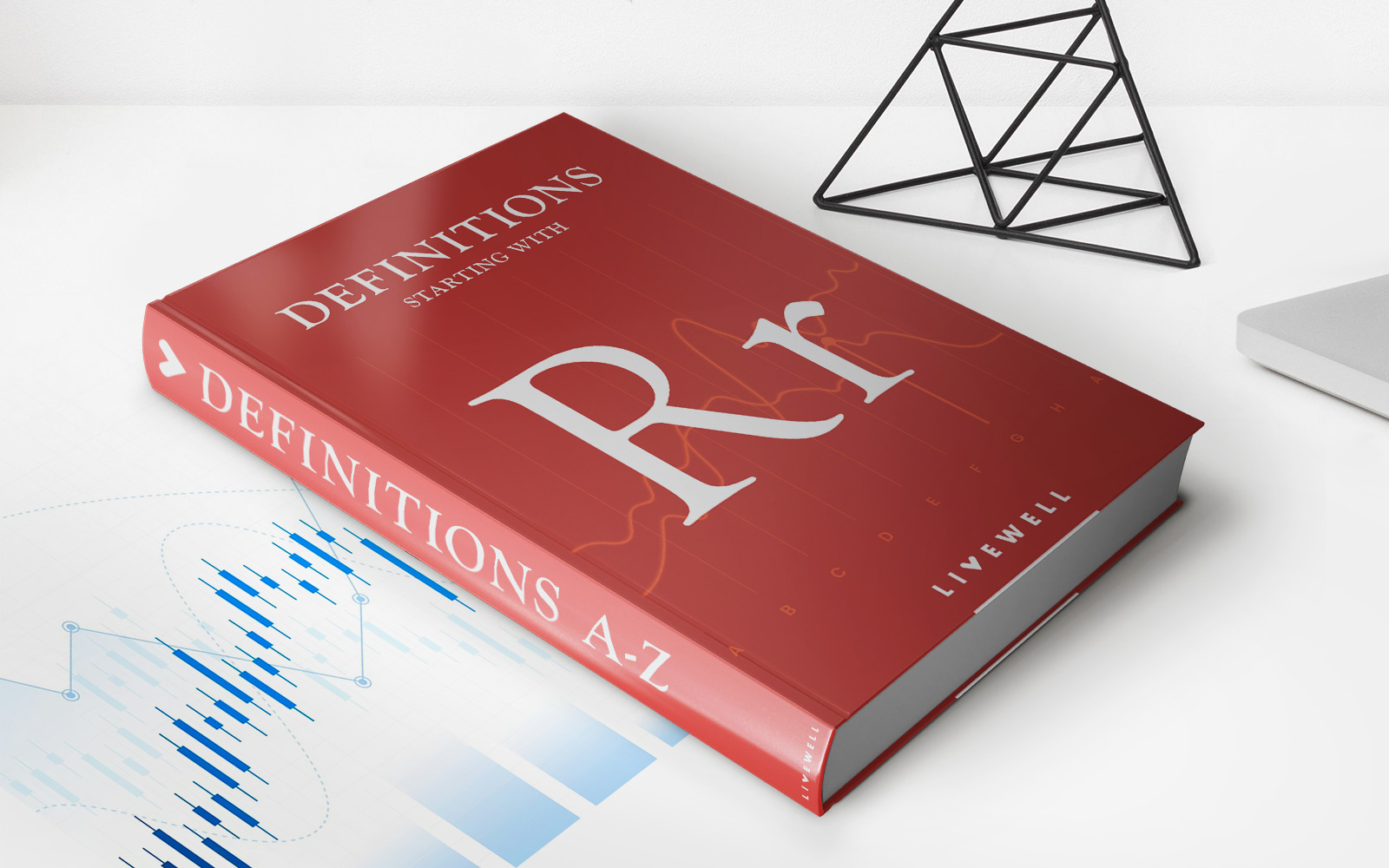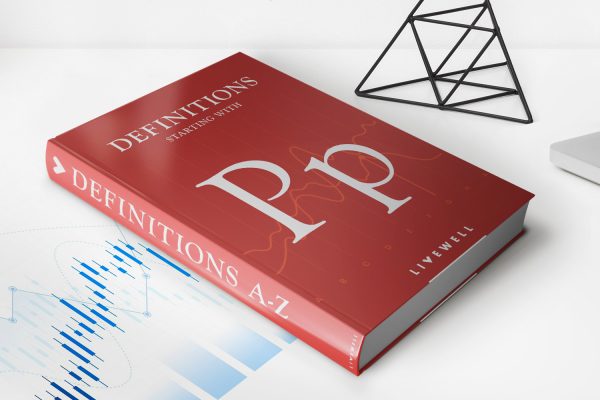Home>Finance>Counterparty Risk: Definition, Types, And Examples


Finance
Counterparty Risk: Definition, Types, And Examples
Published: November 4, 2023
Learn about counterparty risk in finance, including its definition, types, and examples. Understand how it affects financial transactions and mitigating strategies.
(Many of the links in this article redirect to a specific reviewed product. Your purchase of these products through affiliate links helps to generate commission for LiveWell, at no extra cost. Learn more)
Understanding Counterparty Risk in Finance
When it comes to managing your finances, it’s essential to be aware of the potential risks that could impact your investments and financial agreements. One such risk that often flies under the radar is counterparty risk. In this blog post, we will explore the definition of counterparty risk, its types, and provide some real-life examples to help you understand it better.
Key Takeaways:
- Counterparty risk refers to the risk of default or non-performance by one of the parties involved in a financial contract or agreement.
- Types of counterparty risk include credit risk, operational risk, legal risk, and funding risk.
What is Counterparty Risk?
Counterparty risk can be defined as the potential risk that one of the parties involved in a financial contract or agreement will fail to meet its obligations. In other words, it is the risk that the counterparty will default or fail to fulfill their end of the agreement.
Counterparty risk is prevalent in various financial transactions, such as derivatives, loans, bonds, and other financial instruments. It arises due to the reliance on the financial health, reliability, and creditworthiness of the counterparty.
Types of Counterparty Risk
There are several types of counterparty risk that investors and financial institutions should be aware of:
- Credit Risk: This is the most common type of counterparty risk. It refers to the risk that the counterparty will default on their financial obligations due to financial distress or bankruptcy.
- Operational Risk: Operational risk arises when the counterparty’s operational capabilities or infrastructure fail, leading to the inability to fulfill their obligations. This could be a result of technical failures, human errors, or internal control weaknesses.
- Legal Risk: Legal risk involves the possibility that a counterparty may fail to meet its obligations due to legal disputes or regulatory actions. It could result from changes in laws and regulations or litigation against the counterparty.
- Funding Risk: Funding risk occurs when a counterparty’s ability to secure funding or liquidity deteriorates, making it challenging for them to fulfill their financial commitments. This could be a consequence of credit market disruptions or difficulty in accessing capital.
Real-Life Examples of Counterparty Risk
Let’s take a look at a couple of real-life examples to illustrate how counterparty risk can play out:
- Example 1: An investor enters into a derivative contract with a financial institution as the counterparty. If the financial institution defaults on its obligations, the investor may suffer significant financial losses.
- Example 2: A company relies on a supplier to deliver raw materials necessary for its production. If the supplier encounters financial difficulties and fails to deliver the goods, the company’s operations may be disrupted, resulting in financial losses.
These examples demonstrate the potential impact of counterparty risk on both individuals and businesses.
Conclusion
In summary, counterparty risk is a critical aspect of financial management that should not be overlooked. By understanding the definition and types of counterparty risk, you can assess and mitigate potential risks in your financial agreements. Being aware of counterparty risk can help you make informed decisions and protect your investments.














